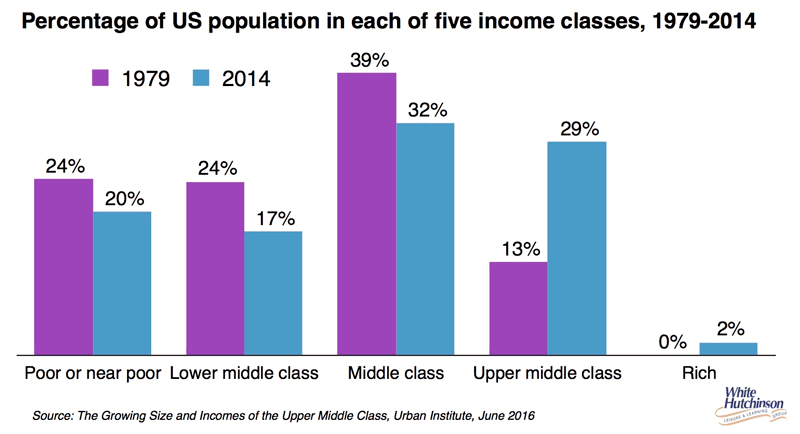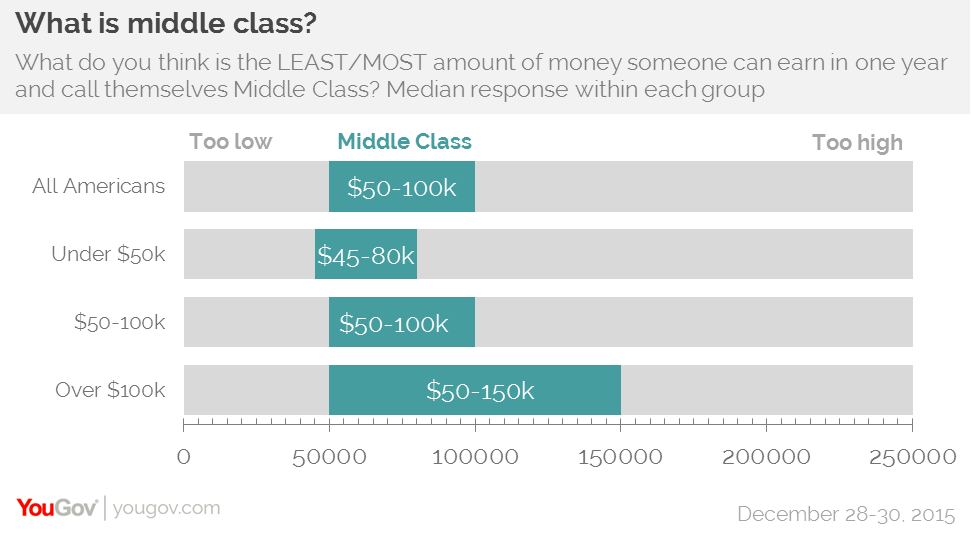

Minister of Transport Marc Garneau offered his government's definition of middle class in the House of Commons in 2017.

The only exception was in Ontario, where the figure was 68 per cent. Still, a poll done for Maclean's in 2017 found that 70 per cent of respondents - regardless of demographic or where they lived - considered themselves middle class. A family of four earning that $90,000 in downtown Vancouver or Toronto could be living a very different life than one living in, say, Charlottetown or Regina. In 2015, Justin Trudeau spoke in an interview with Peter Mansbridge about "the middle-class tax bracket" as being from $44,000 to $89,000, and a "typical" family of four being one that earned $90,000 a year.īut where you live also makes a huge difference. There's a huge range of needs and experiences." " don't have all the same opinions and attitudes about taxation, they don't have the same opinions and attitudes about immigration. We're middle class."īut at the same time, he says, middle class is no monolith. We pay our taxes, we own a home, we drive a car. We're not too rich, we're not too poor. We don't have any particularly radical views on anything. "Middle class is, to me, the quintessential reflection of a polite Canadian. 'I think essentially they're talking about people who go and vote,' said Wolfgang Lehmann, Western University chair of sociology. "The more you go into it, the more you realize it becomes a dark and tangly mess," said Doug May, professor of economics at Memorial University. (Read: unlike Trudeau, who grew up privileged). And so he talks about how he grew up in a "middle-class" household, and how he "gets" what the average Canadian is going through. The push from Andrew Scheer's campaign is to make him the "average guy" - a guy like you or the guy next door. The Conservatives are using the trope, too. The tactic worked for Justin Trudeau in 2015 and so, in nearly every appearance of this campaign, Trudeau has again spoken about improving the lives of "the middle class and those working hard to join it." Make things better for the middle class, invest in the middle class, grow the middle class - all ultimately a bid to win the vote of the middle class.

Census Bureau.Before this election campaign even began, Canadians must have known they'd be hearing a lot about the middle class in the lead-up to Oct. " The American Middle Class is Losing Ground," Pages 4 - 5. " Utopian Thinking: The Easy Way to Eradicate Poverty." " The 9.9 Percent is the New American Aristocracy." " Why the 20%, and Not the 1% Are the Real Problem." " The Growing Size and Incomes of the Upper Middle Class,". “ Highest Median Household Income on Record?” " How much money you have to earn to be in the top 1%." “ Income Inequality in the United States.”ĬNBC. “ America’s Wealth Gap Between Middle-Income and Upper-Income Families Is Widest on Record.”Įconomic Policy Institute. " Most Americans Aren’t Middle Class Anymore." Census Bureau, " The Nation's Older Population Is Still Growing, Census Bureau Reports."įiveThirtyEight. " The American Middle Class is Losing Ground,". “ How the American middle class has changed in the past five decades.” The lives of families making the median income look very different, given the vastly different cost-of-living levels across the U.S. The problem is that your money probably does not buy you the same kind of life when you live in a big coastal city versus a rural setting in the middle of the country. You can break down your class status first by state, metropolitan area, income before taxes, and members of the household, then by education level, age, race, and marital status. If you want to know exactly how you fit into the income class matrix, the Pew Research Center has a recently updated income calculator. Easy, right? Just take your household income and see where you fit, given these numbers. But, as a quick calculation, those making less than $43,350 make up the lower-income bracket, while those making more than $130,000 make up the upper-income bracket. This is a rough estimate and doesn't account for family size or location. This Pew classification means that the category of middle income is made up of people making somewhere between $43,350 and $130,000. Pew defines the middle class as those earning from two-thirds to double the median household income. Census Bureau shows that the 2021 median household income was the highest on record at just around $65,000. So, the obvious follow-up question is: Where does that leave me? Into which class do I fall?


 0 kommentar(er)
0 kommentar(er)
